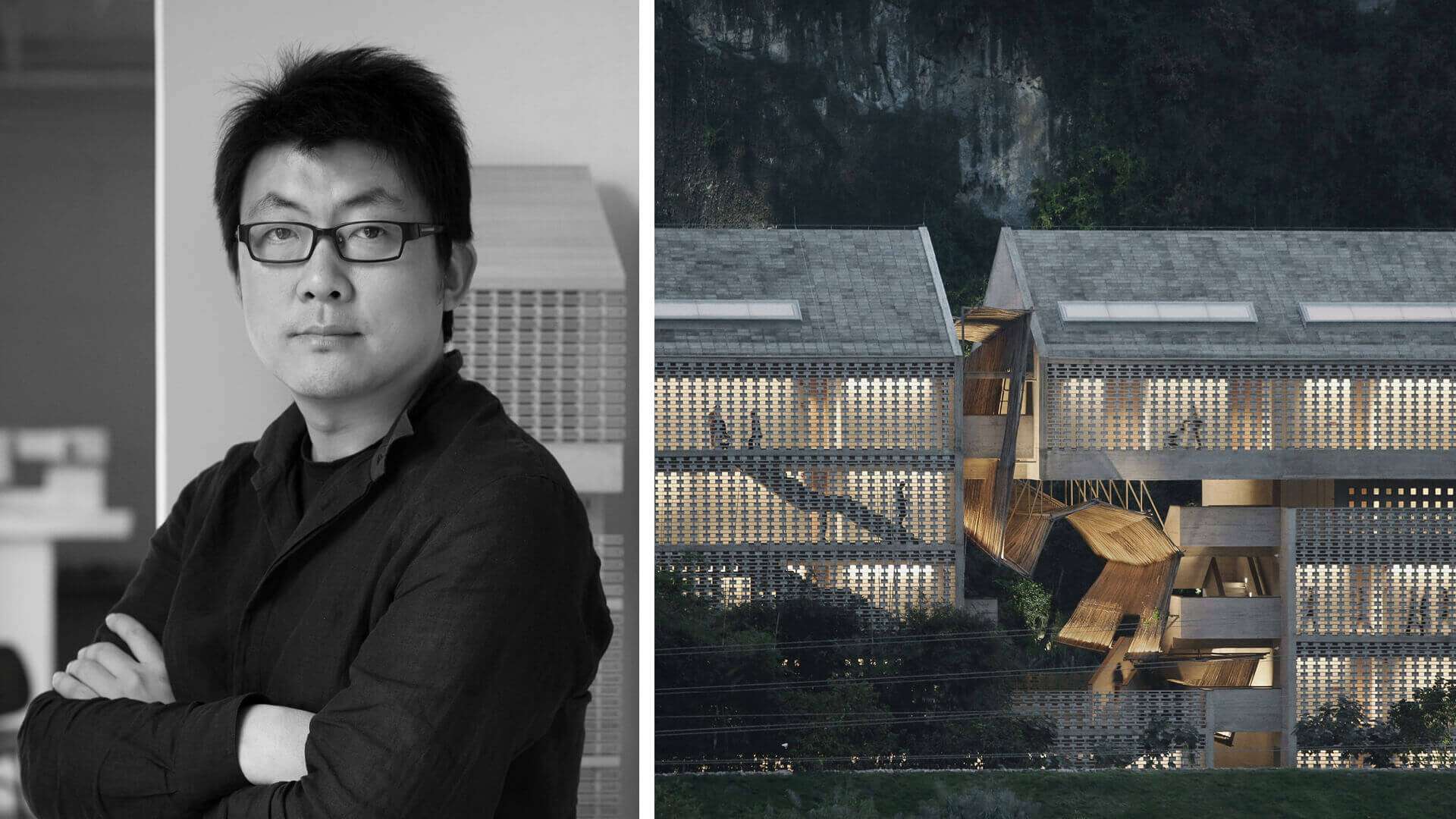Art Deco architecture and visual arts style,
The word architecture art is derived from the visual arts style of the same name.
This style emerged in Europe in the 1920s, and influenced the film industry,
fashion, interior design, graphic design, sculpture, painting, and other art forms, as well as architecture.
A prominent landmark in this style was the International Exhibition of Modern
Decorative and Industrial Arts in Paris in 1925, from which it takes its name.
Just as in many areas influenced by this style, Art Deco architecture combines modern design
with traditional elements such as exquisite craftsmanship and luxurious materials including jade, lacquer, and ivory.
Art Deco architecture and visual arts style
Art Deco was influenced by the abstract and geometric forms of Cubism, the bright colors of Fauvism,
and the exotic and unique crafts and styles of countries such as China, Japan and Egypt, succeeding Arts and Crafts and Art.
The decorative aspect and compositional arrangements are derived from fine architecture,
through symmetry, straight lines, hierarchy in the distribution of the floor plan, and the facades divided into base, column, and capital (classical tripartite division).
Although this time with more rational sizes and the occasional use of decorations.
It was a sumptuous blend of styles that the wealthy post-war bourgeoisie embraced.
Art Deco architecture and visual arts style
However, since the 1930s, the method began to establish a closer dialogue with industrial industrialization
and the possibility of mass production.
During this period, Art Deco became more sober, incorporating materials such as concrete and stainless steel.
The style’s most famous works appeared at this time, including the Chrysler Building, Rockefeller Center,
and the Empire State Building, all in New York.
By introducing a new language to the skyscrapers, you changed the city skyline,
reflecting a modern society and new technology.
These buildings reveal some of the most prominent stylistic characteristics that have contributed to their consolidation in the history of architecture.
These include the use of reinforced concrete, straight lines, clean rectangular shapes,
stepped buildings, sharp corners, blades and zigzags.
The latter is a striking feature of the elevators of the Chrysler Building
and shows that patterns spread out from the facade into the interior spaces.
Besides the skyscrapers of New York in the early 20th century,
the city of Rio de Janeiro also contained many notable examples of this style.
Like the Carlos Gómez Theater and Central do Brasil station, with its stairs, stained-glass windows and signs, among other items.
One of Rio’s most famous landmarks, the Statue of Christ the Redeemer is an Art Deco piece and is the largest of this style to date.
Many experts considered the fine line between the search for simplicity,
and the extravagance in its forms, to be a paradox, especially when compared to previous movements.
Art Deco architecture has played an important role in history by representing the modernization of the urban landscape,
balancing elements of the past with new geometric compositions and decorative references.










